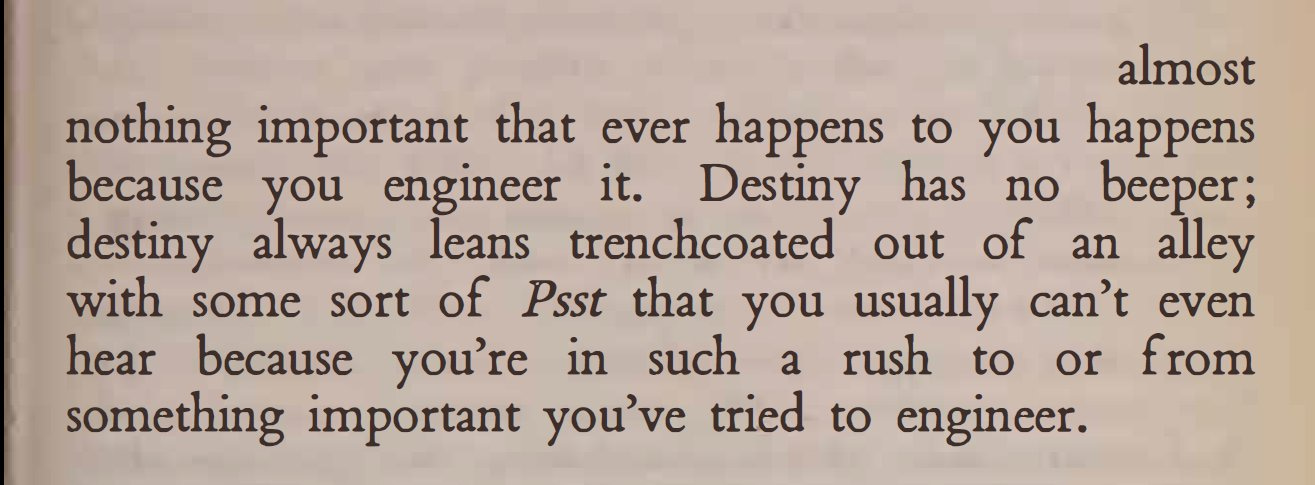🔨 engineering destiny
or: the art of feeling your way to what needs to be built
My form of building the future relies heavily on engineering - this seemingly scientific process of designing, building, testing to gets us the machines for the problems that plague us.
But if there’s one thing I’ve been forced to learn, when solving for human problems: I can’t just will a thing into existence. I can’t logic it. I can’t brute force it. Especially as my calling is to lessen the everyday frictions of parents, in all of its plain mundanity and irrational complexity.
Instead, I’ve learned to sit in the pain of the problems. To come to love the very contours and grooves that define them.
To see them through every angle and every wavelength.
Until all that data lives within me as puzzle pieces, as signals, as sirens.
I’ve had to sit quietly and patiently for more days and months and now years than I care to count.
But here, in the hush and the quiet, I can hear that hum. The hum of hope. Of potential. Of progress.
I keep my eyes closed and use my fingers to trace the path - to feel the grit and the grooves. To let the light and warmth guide my way forward.
It’s slow going, but what is time when progress is clear? When answers are near?
To engineer the future, I’ve had to let my curiosity take the lead - more artist than scientist. To feel the data in my gut over crunching it in my mind.
I know what that psst sounds like now.
It’s soft and insistent but it won’t go out of its way to shout or get my attention.
It’ll keep waiting. For that someone who will choose to sit. Choose to listen. Quietly. Patiently. Persistently.
The best way to predict the future is to invent it, yes. But the future also has a say on how it wishes to be invented.
Call it destiny or any other name.
If you find yourself stuck - go towards the friction, the pain, the feelings.
That’s where you’ll find the most interesting bits.
That’s where you’ll start hearing those pssts.
And that’s where my kind of engineering begins.


